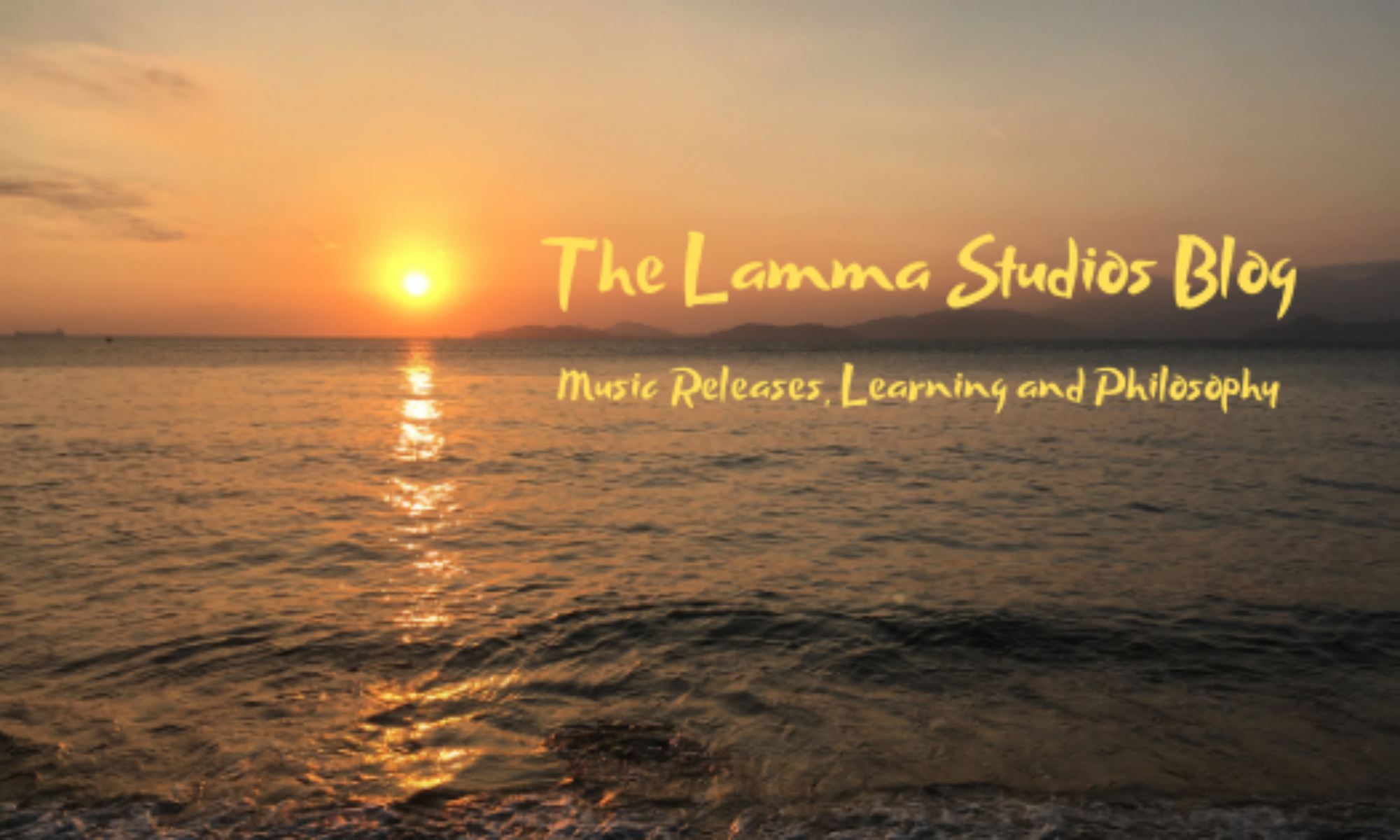Principle 5: Focus on the feel and emotion instead of the notes or technique.
The big open secret about music is that people don’t listen to music as much as they feel it. This is why we can listen to two performances of the same song and have a positive reaction to one and not the other. The difference is the feeling behind the performance.
Many performers make the mistake of focusing on notes and technique while they play. This is similar talking to someone who speaks while choosing every word carefully or consciously trying to control the tone of their voice or their tongue and lip placement. This method leads to hesitation, many more mistakes, fear, lack of passion or conviction, and overall loss of the flow of communication.
Instead, we should focus on communicating our ideas and feelings without worrying about words, notes, or technique. When we focus on the big ideas and feelings behind what we are trying to communicate things will work out much better. The goal of music is the expression of feelings. Make that your goal and your musicianship will improve by leaps and bounds.
In these exercises we will practice listening and playing music with a focus on the feeling. I divide feeling up into two main categories for this exercise: “feel” and “emotion”.
“Feel” has more to do with the general vibe of the music and could be also considered the style or “personality” of the music. For example, is it fast or slow? Loud or soft? Smooth or rough? Straight or swung? What clothes is the music wearing? What car does it drive? Is it more male or female? Is it polite or rude? Big or small? Those kinds of questions give us answers regarding the feel of the music.
“Emotion” is much more personal to the individual performer in the moment, and is about what real human emotions are expressed in the music. Is it sad? Happy? Angry? Relaxed? Tender? Excited? Passionate? The emotion of the music tends to be more closely related to the performer and the songwriter while the feel tends to be more about the style of the music.
Exercise 5A: Join in with recordings and fit in with the general feel of the music.
In this exercise we will put on music with different feels and try to fit in with or without instruments with the general feel. Again, the notes don’t matter! Some of these will be be virtually impossible for beginners to play all the notes correctly. Instead, focus on the feel of the music only.
We will use a 4 step process to get into the feel of each selection.
First, listen, feel, and imagine. Listen without joining in until you can feel the general vibe of the music. Try to feel transported to the place where the music is happening, whether it’s the beach in Jamaica, a classical music salon of the 18th century or a hip hop club in New York. Try to imagine seeing the musicians playing, the sights and smells around you. This is a fun exercise and surprisingly easy once you get the hang of it.
Second, focus on the groove and tap along. As in Principle 4, to fit in with any music we must first feel the groove. Put your focus on the groove. When you can feel it and your body wants to move, then try doing a little drumming on the table along with the music. Enjoy!
Third, sing along with various parts of the music, including your instrument’s part. This is a great way to copy the feel without worrying about notes. Sing along lightly with any instrument or element of the music you feel the best at first. Then move your singing around to cover other instruments. Get an idea for the bass line, vocals, and other instruments this way. Make sure to sing along with whichever instrument you intend to play on this song.
Finally, join in with your instrument. Protect the feel! It’s OK to play wrong notes, but not OK to disturb the feel. Imagine you’re sitting in with an established band and your goal is to join in a little bit without screwing the rest of the band up. I suggest to play very little and very simple things at this stage; just try to play something that contributes rather than detracts from the feel.
Here’s 10 selections with different feels to start with. You can always substitute any music you prefer in this course.
Pop – Michael Jackson – Billie Jean:
Reggae – Bob Marley “I Shot the Sheriff”:
Bebop – Dizzy Gillespie and Charlie Parker – Salt Peanuts:
Classical – Mozart – Eine Kleine Nachtmusik:
Old School Hip Hop – Eric B. and Rakim – Follow the Leader:
Blues – Buddy Guy – Sweet Home Chicago:
Bluegrass – Bill Monroe – Blue Moon of Kentucky:
Disco – Earth, Wind and Fire – September:
Alternative Rock – The White Stripes – Seven Nation Army:
African – Fela Kuti – Water No Get Enemy:
Exercise 5B: Feel the emotions in other people’s music.
Emotion for many is a difficult subject and almost always is neglected by music educators. It’s a complicated and huge subject, but we can easily get started on this topic by opening up our awareness to feeling the emotion in other people’s music.
Go back and listen again to the 10 examples from Exercise 5A. This time, get very comfortable as you listen and empty your mind. Don’t try to participate, but just feel for the emotion of the music. Can you feel how the performers and songwriters feel when they play this song? Does it bring up familiar feelings of joy, anger, sadness, excitement? Feel the emotion in the music and let yourself open up to those feelings and allow your emotions to blend with those of the performers. As you open yourself up to awareness of the emotions in music a whole new world will reveal itself to you.
Exercise 5C: Play music with your own emotions.
Finally, it’s time to practice playing music using your own emotions. I suggest that this is best done when you are feeling a particular emotion strongly. For example, imagine you had a tough day, got in a argument with someone and you are angry. Instead of wasting that emotion and hurting yourself by continuing the argument inside your mind, now is the time to release it with music.
Pick up the instrument and pour your emotion out through the instrument. If you like you can put on a song that you know that has a similar emotion and play along with it, or you can simply play alone. The only goal is to put as much of the emotion through the instrument as you can.
If you are not feeling any emotion strongly you can try to recall a past experience and bring out the emotions from inside you. This is a very common technique that is taught in acting but rarely in music. For example, you could remember a moment in your past where you felt joy from a happy moment with loved ones in a beautiful setting, and bring up that joy. Once you can feel it, put it through the instrument.
Learn to feel your own emotions and then channel those emotions out through music and you will be a powerful musician. This element of music is the one that creates lifelong fans.
Supplemental Resources:
Add Some Feeling To Your Playing
Here’s another article from a guitarist. He tells a hilarious story of researching the average number of searches on google for per month for:
“playing guitar with emotion” = less than 10 searches
“express yourself with guitar playing” = 0 searches
“playing guitar upside down” = 390 searches

